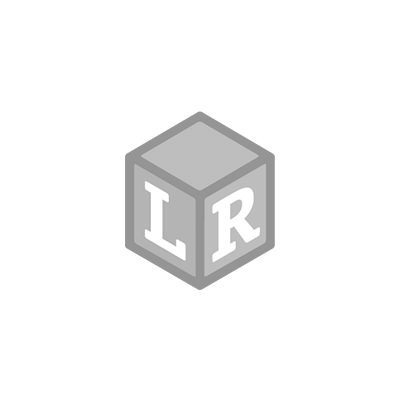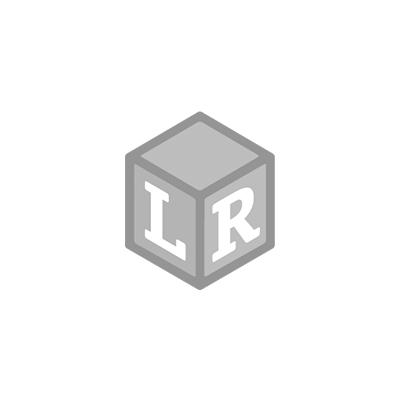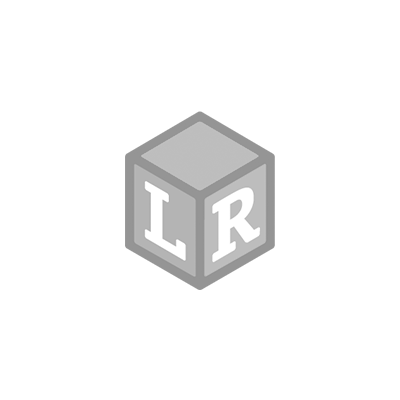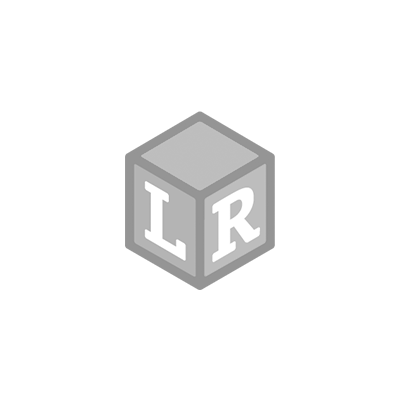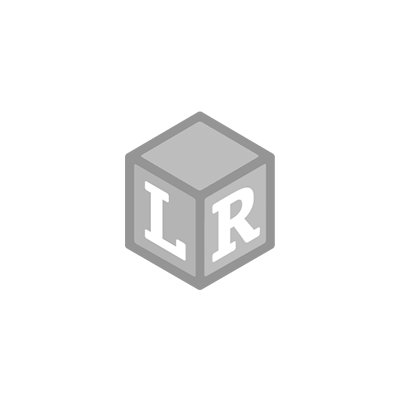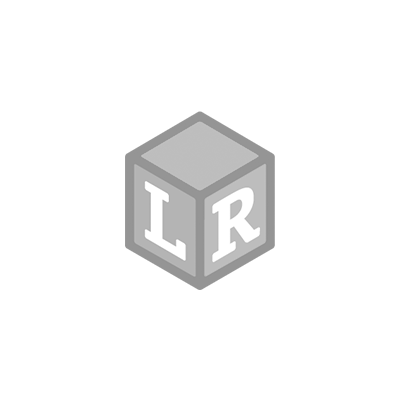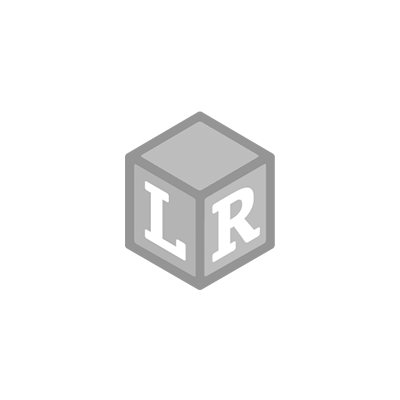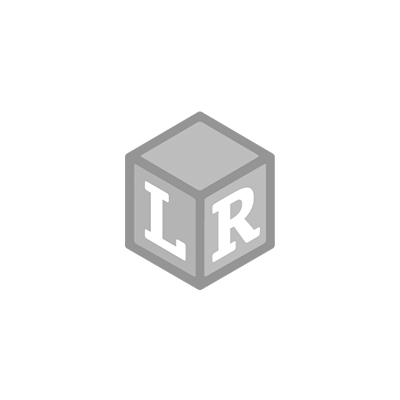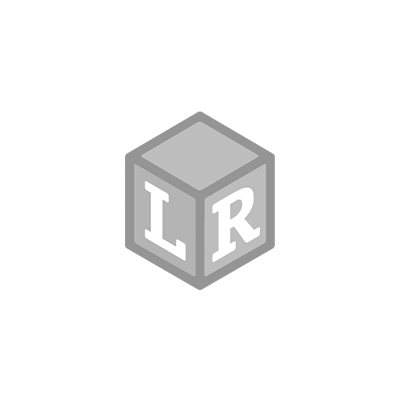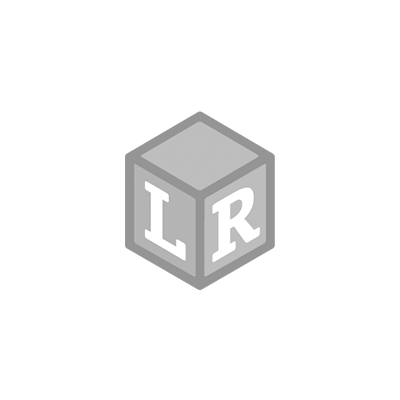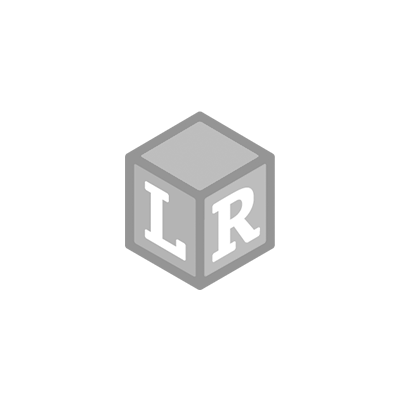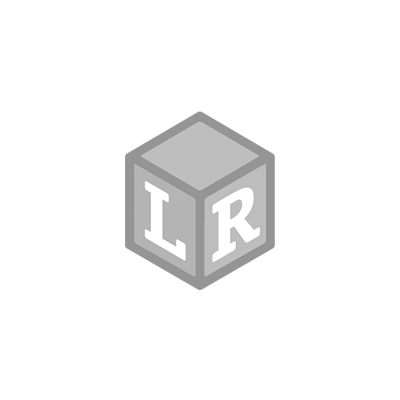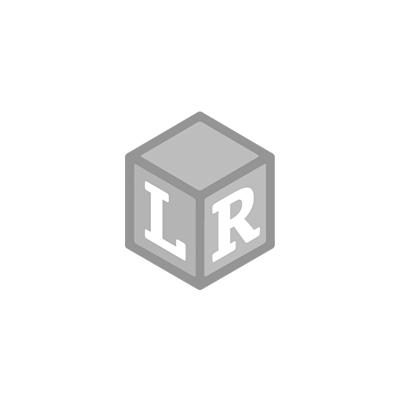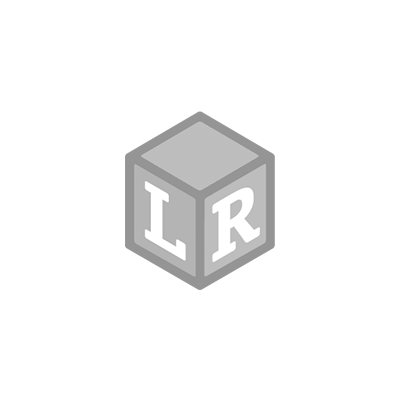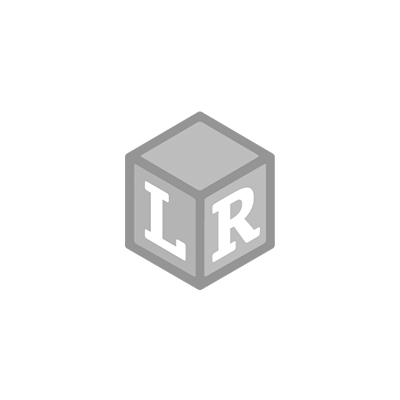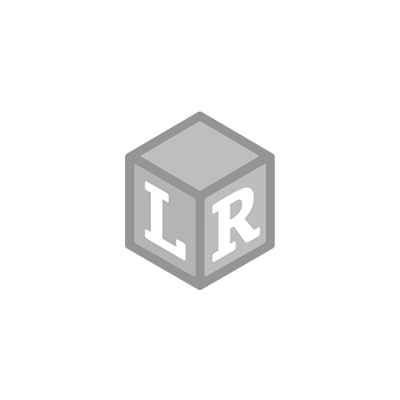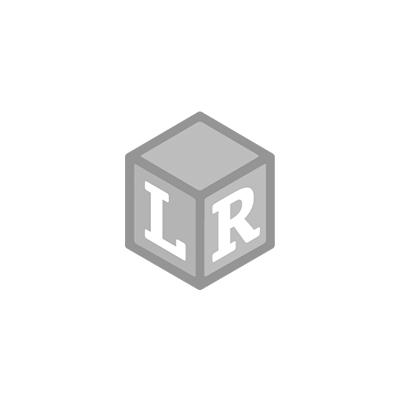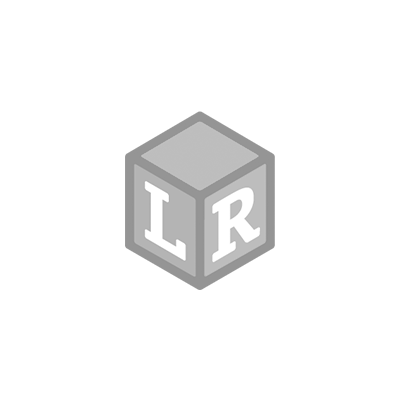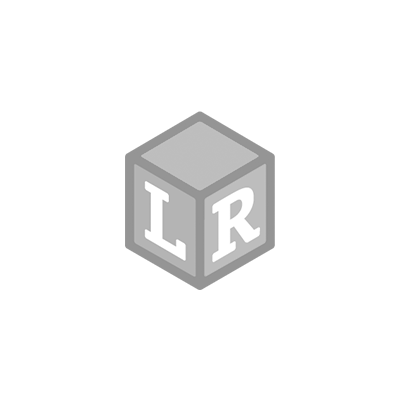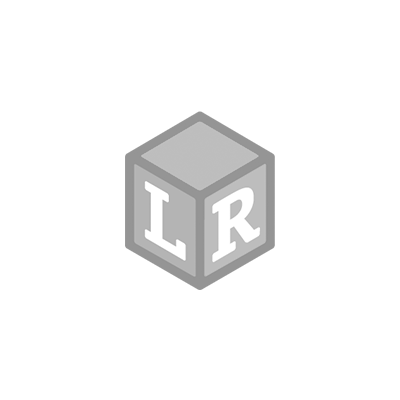What Should My Five-Year-Old Be Learning?
- Learning Resources Posted On Jan 18, 2022 | 5 - 7 Years Reading
Your little love is about to become a big kid! They’re likely heading off to kindergarten soon, and you won’t believe the progress they’ll make this year. From social-emotional growth to academic learning and more advanced coordination, your kids will soon be skipping, hopping, writing, and even reading a few words! While kids develop at their own pace, below is a list of new skills many five-year-olds will acquire over this exciting year:
Social-Emotional Skills
As your kindergartner continues to assert their independence, they’ll become better and more enthusiastic helpers. Let them pitch in wherever you can, even if it means a bit more work for you after the fact. Over the next year, your handy helper will get even better at:
- Following directions (they might even be excited to do so!)
- Helping with chores like setting the table, sweeping the floor, or washing (non-breakable) dishes
- Knowing the difference between fantasy and reality
- Doing things themselves, like getting dressed (YES!), eating, and using the bathroom.
- Sitting still and listening for 15 minutes
Language Skills
At this age, your child may become quite the chatterbox. Their speech is likely to be clear, their vocabularies are extensive, and their descriptions are becoming more vivid. They’ll also probably learn to:
- Match the beginning and ending sounds of words to the appropriate letters
- Use correct grammar most of the time (with some funny mistakes)
- Use the correct tenses – past, present, future
- Use the correct pronouns – he, his, they, theirs, etc
- Answer and talk on the phone
Cognitive Skills
This year, many five-year-olds will enter kindergarten, where their social, emotional, and academic skills will blossom beyond belief. Some of the things your little one might master this year include:
- Drawing and cutting out simple shapes
- Using relational words like under, over, and next to
- Writing upper and lowercase letters, words, name
- Adding and subtracting numbers under five (practice with cookies – it’s highly effective!)
- Reading several sight words
Physical Skills
While fine motor skills take longer to develop, your five-year-old’s gross motor skills will grow by leaps and bounds (literally) this year! Below are a few of the strides your child may make over the next year or so:
- Balancing on one foot for a few seconds with their eyes closed
- Hopping on one foot, skipping, and even jumping rope
- Using a fork, butter knife, and spoon correctly
- Zipping their zipper (hooray!)
- Tying their shoes
Your big kid will learn so much in school, and you can reinforce that learning at home! Play games together, count the cars you pass on the street, find the letter “O” in the stop sign, and read, read, and then read some more. But be sure to make plenty of time for play, movement, and snuggles. You can also track your child’s milestones by age with the CDC’s mobile milestone app!
 Shop UK Site
Shop UK Site 
